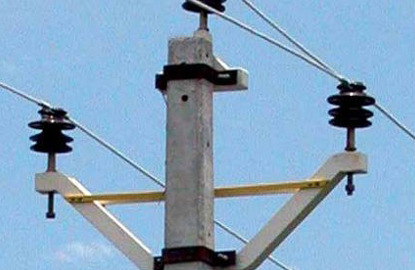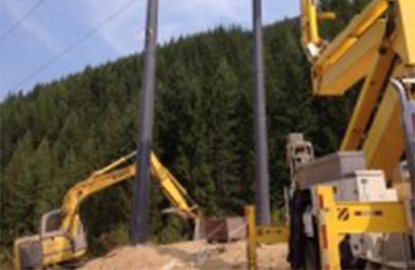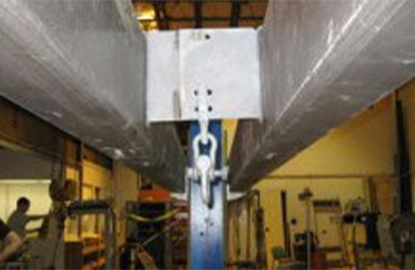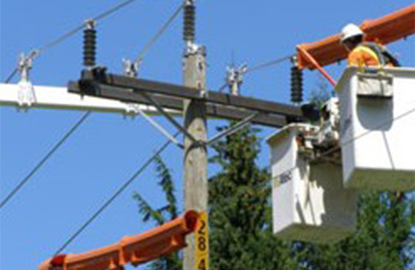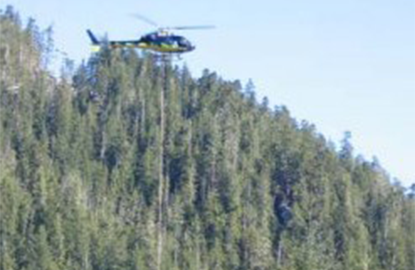We previously discussed “What is Composite?” looking at the history and types of composites and touching briefly on the process to manufacture composites. In this post, we’ll take a closer look at how composites are manufactured by exploring the pultrusion process.
What is Pultrusion?
Pultrusion is a continuous manufacturing process in which various processes are performed in a specific order on a series of machines. How does this work?
- Reinforcements, in the form of rovings and mats, see are fed into the first machine.
- The rovings and mats are saturated with resin and guided into a heated die.
- Surfacing material is then added to the existing materials and then it’s all pulled into the performer.
- Next, in a die, the resin undergoes a curing process known as polymerization and the product begins to take shape.
- The once-resin saturated reinforcements exit the die in a solid state and in the form of the cross-section of the die.
- The cut-off saw, trims the material to a designated length.
And voila! The result of the pultrusion process is composite profiles with constant cross-sections. Two-channel cross sections are then attached together with hardware components for installation.
Stay tuned for next time when we look at how these newly fabricated composite products are carefully tested to ensure the highest quality for our customers.
